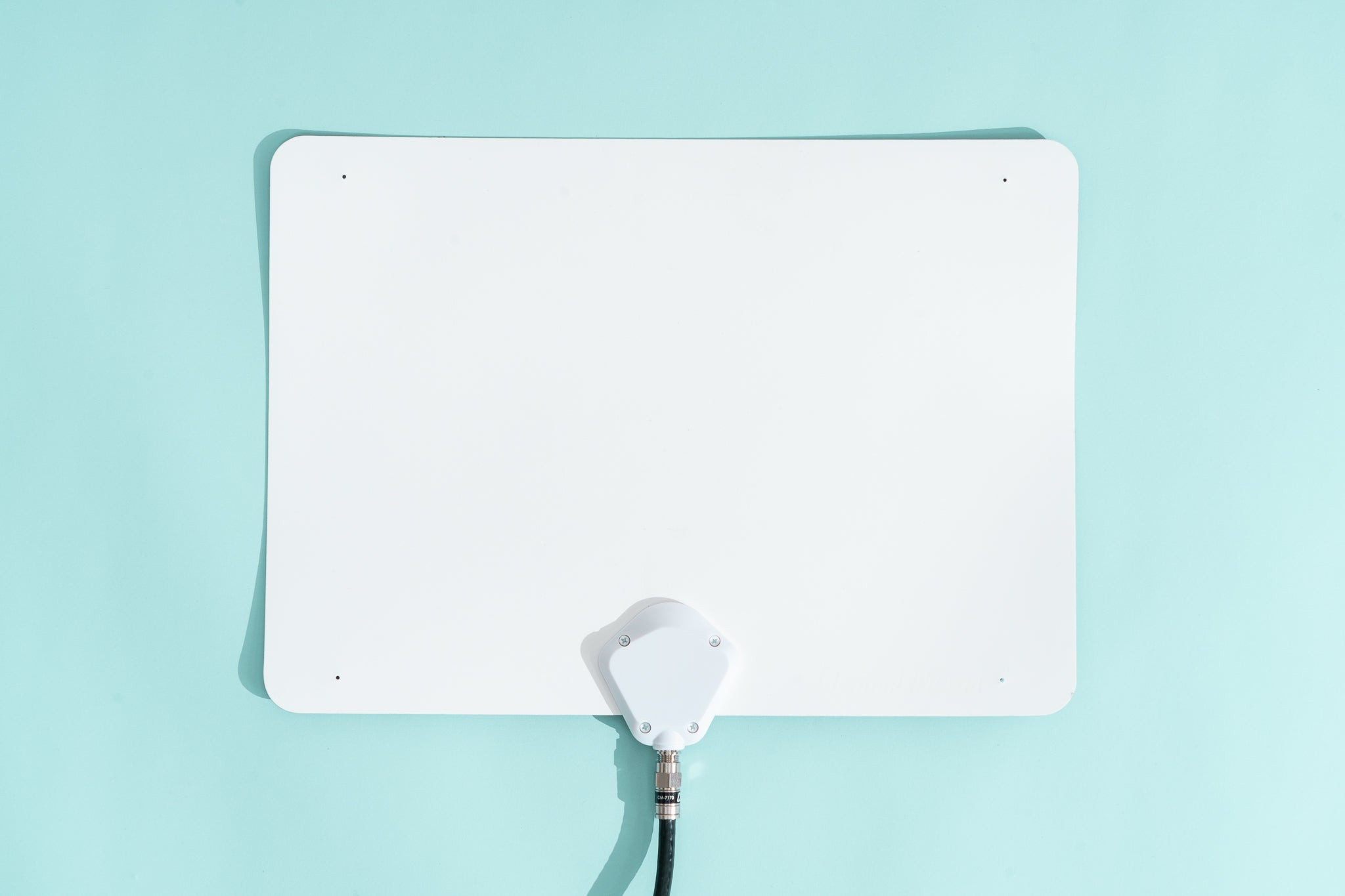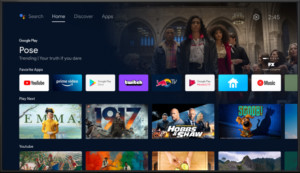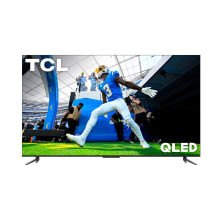
Cut the Cord: Choosing the Best Digital Television Antennas
Digital Television Antennas have become increasingly popular as more people seek affordable alternatives to cable or satellite TV. With a wide range of options available, selecting the right antenna can be challenging. This guide will help you understand the key factors to consider when choosing a digital television antenna, highlighting the performance of the Channel Master FLATenna and FLATenna+.
Understanding Digital Television Antenna Technology
Digital television antennas receive over-the-air (OTA) broadcast signals, providing access to local channels without a monthly subscription. These antennas come in various forms, from indoor models like the FLATenna to outdoor antennas designed for long-range reception.
The Channel Master FLATenna, a passive indoor antenna, stands out for its impressive performance. In extensive testing across multiple locations, the FLATenna consistently captured more channels than competing models. Its sleek design and reversible black and white sides allow for discreet placement in any room.
Enhancing Reception with Amplified Antennas
For viewers located farther from broadcast towers, amplified digital television antennas like the Channel Master FLATenna+ can significantly improve signal strength. The FLATenna+ includes a small amplifier that boosts weak signals, potentially unlocking access to more channels. While an amplifier can be beneficial in fringe reception areas, it’s important to note that it can sometimes reduce performance at closer distances to broadcast towers. In such cases, a passive antenna like the standard FLATenna might be a better choice.
Key Considerations When Choosing an Antenna
Several factors influence the performance of digital television antennas:
- Distance to Broadcast Towers: The farther you are from the towers, the stronger the antenna needs to be. Online tools can help you determine the distance and direction of nearby towers.
- Signal Obstructions: Buildings, trees, and hills can block signals. Indoor antennas typically perform best with a clear line of sight to the towers.
- Antenna Type: Indoor antennas are convenient for urban areas with strong signals. Outdoor antennas are better suited for rural locations or areas with significant obstructions.
- Amplification: Amplified antennas can improve reception in weak signal areas, but they may not be necessary in locations with strong signals.
Channel Master FLATenna: A Top Performer
The Channel Master FLATenna consistently delivers excellent performance. Its ability to capture a wide range of channels makes it a top choice for cord-cutters. While its included cable is somewhat stiff and it’s slightly more expensive than some competitors, its superior reception often justifies the higher price. The option to add an amplifier later provides flexibility for changing reception needs. The FLATenna’s detachable cable and various mounting options, including adhesive strips and pinholes, make installation simple and versatile.
Conclusion: Finding the Right Antenna for You
Choosing the right digital television antenna involves understanding your location’s reception conditions and matching them with the appropriate antenna type. The Channel Master FLATenna, with its strong performance and flexible design, provides a reliable solution for many cord-cutters seeking access to free over-the-air television. If you live farther from broadcast towers, the amplified FLATenna+ offers a viable alternative for enhanced signal reception. Remember to research your local broadcast environment to determine the best antenna for your specific needs.








